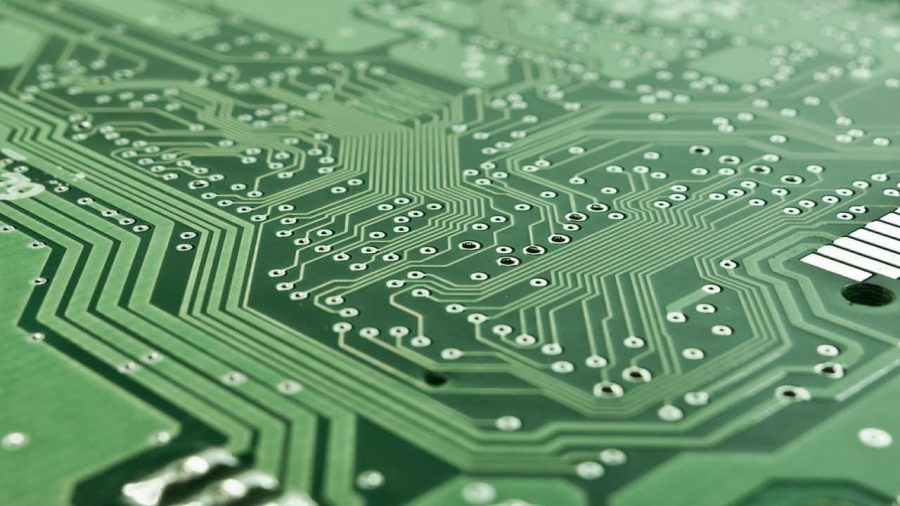If there is something that everyone can notice right away is how fast technology evolves these days. Products become obsolete in the span of six months to a year. The world barely has time to keep up with the new changes since consumers keep demanding for new upgrades and improvements. Developers are happy to oblige by putting all their efforts into creating the next best thing when they finish with a new product. Smartphones are the living embodiment of this.
The technology of these little devices has evolved by leaps and bounds over the past ten years. A smartphone can do everything a desktop computer does, and more. A complex combination of engineering, design, and planning has given us this fantastic technology. All this thinking is summarized in the printed circuit boards used by all smart devices. PCB technology is the leading strength of the manufacturing industry these days, and it set the trends for this industry.

printed circuit boards*
The Playfield for PCB Technology with Rapid Prototyping Services
Printed circuit boards are possible thanks to the efforts of numerous rapid prototyping services that keep improving their designs. The playfield for this technology is not only limited to smart devices; PCB integration is taking over in multiple fields in the tech world. The following are just a few of the examples of the trends achieved in the manufacturing industry over the past few years:
· Integration with Software and LED Animations
You don’t need to be tech-savvy to understand that PCB technology is the hardware that allows the software to carry on the functions they are supposed to do. The most recent developments in control software allow easier integration for smart technology. This is pretty helpful for controlled animated features in led screens or touch screens.
· Expansion of Flex Circuits
The trend with small technology seems to be shifting from smaller devices to larger ones. The new standard of 6,5” screens seems to be indicative of that. Other technologies, such as smartwatches, drift from this norm. These devices need to be compact for the sake of the user and the stylishness of the product. Flex circuits are the answer to this challenge, even if manufacturers are still learning how to handle it.
· More Smart Products
The internet of things is here to stay. IoT was a relatively unknown concept not so long ago. These days everyone is trying their best to cram internet utilities on every device. It was done on TVs, media players, phones, and even household electronics. All of this is thanks to PCB technology. Every multinational worth their salt in development is looking forward to ways to innovate in the IoT field using PCBs
· Useful Multi-Layer Boards
This hot take on PBCs is also known as 3D board design and the best playfield for rapid prototyping services. It makes it easier to transfer data using high-density inter-connectivity. This is a concept that allows extensive procedures with incredible amounts of data to be done in a matter of seconds. This is an increasing necessity for PCBs given the number of data managed by smart devices and the demand from consumers for devices with ample storage space. Want an example of this? Every new smartphone released so far in 2020 has a minimum of 32gbs of capacity.
If you want to develop new PCBs for new tech you can contact us at LTCproto
